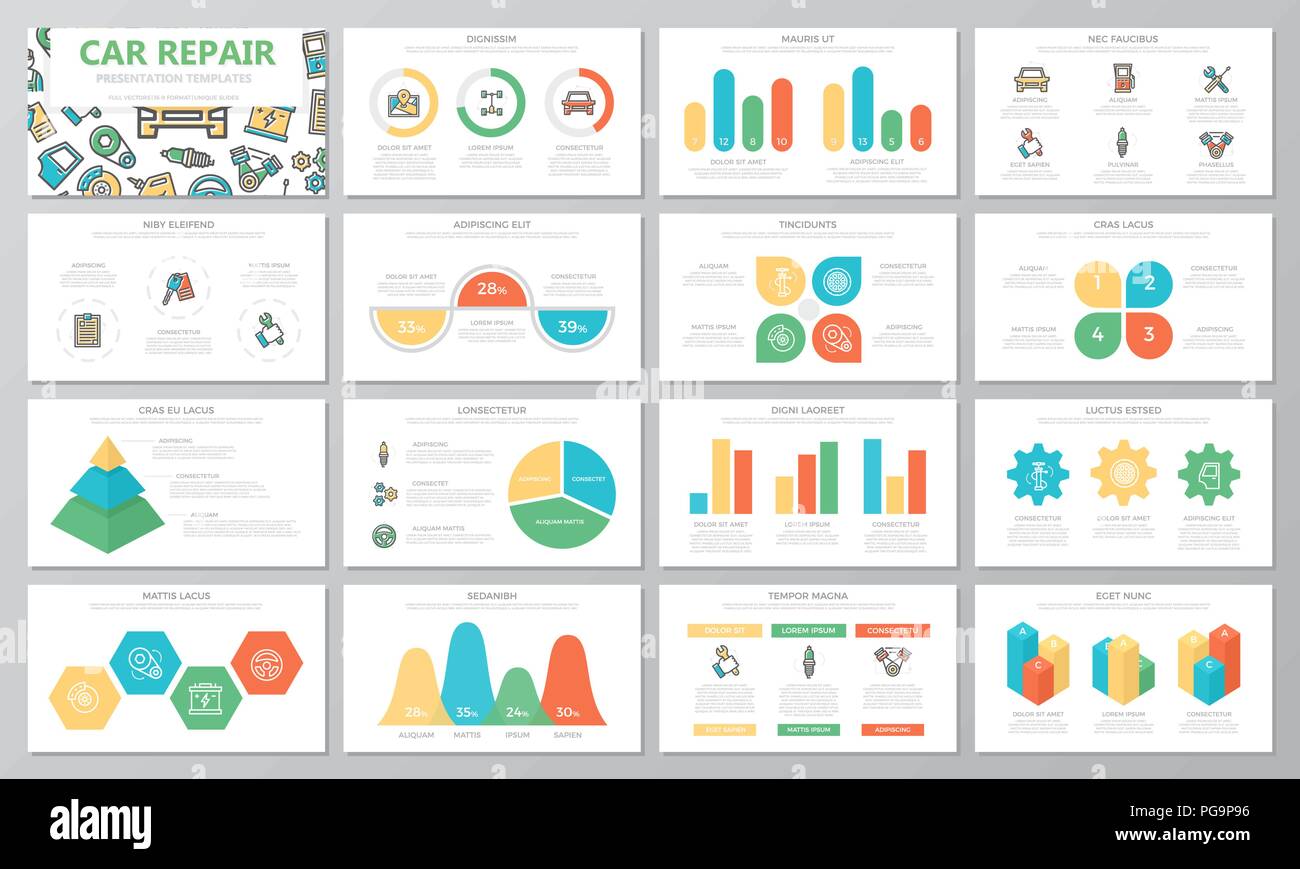Understanding The Importance Of Your Car'S Warning Signals: What They In Fact Represent
Understanding The Importance Of Your Car'S Warning Signals: What They In Fact Represent
Blog Article
Short Article Written By-Faulkner Winters
When you're behind the wheel, those glowing warning lights on your control panel can be a bit perplexing. Do good car wash near me know what they're trying to inform you regarding your cars and truck's wellness? Comprehending the value of these lights is crucial for your safety and security and the durability of your lorry. So, the next time among those lights pops up, would not you wish to understand its message properly and take the necessary steps to resolve it?
Common Warning Lights and Interpretations
Recognize common warning lights in your auto and comprehend their significances to guarantee safe driving.
One of the most regular warning lights consist of the check engine light, which signals issues with the engine or exhausts system. If this light begins, it's essential to have your vehicle examined quickly.
The oil pressure warning light shows reduced oil pressure, requiring prompt interest to avoid engine damages.
A blinking battery light might recommend a malfunctioning charging system, possibly leaving you stranded otherwise attended to.
The tire stress monitoring system (TPMS) light informs you to reduced tire stress, influencing lorry security and gas effectiveness. Overlooking this might cause risky driving conditions.
The abdominal light indicates a problem with the anti-lock braking system, jeopardizing your capacity to stop promptly in emergencies.
Last but not least, the coolant temperature level warning light warns of engine getting too hot, which can lead to extreme damage otherwise fixed swiftly.
Recognizing these typical warning lights will certainly aid you attend to problems promptly and preserve risk-free driving problems.
Significance of Prompt Interest
Comprehending the typical warning lights in your car is only the primary step; the importance of promptly addressing these cautions can't be stressed enough to ensure your safety and security on the road.
When a caution light illuminates on your dashboard, it's your automobile's way of communicating a prospective issue that needs focus. Neglecting these warnings can cause much more severe problems later on, compromising your security and potentially costing you extra in repairs.
Trigger focus to alerting lights can protect against failures and accidents. As an example, a blinking check engine light could indicate a misfire that, if left neglected, might cause damages to the catalytic converter. Resolving this without delay can conserve you from an expensive repair.
Similarly, auto car wash near me alerting light might indicate low brake liquid or worn brake pads, crucial parts for your safety and security when driving.
Do It Yourself Troubleshooting Tips
If you notice a caution light on your dashboard, there are a couple of DIY repairing tips you can attempt prior to looking for expert aid.
The initial step is to consult your cars and truck's guidebook to comprehend what the particular caution light indicates. Often the problem can be as basic as a loose gas cap activating the check engine light. Tightening the gas cap might deal with the issue.
One more common concern is a low battery, which can cause different advising lights. Examining the battery connections for deterioration and guaranteeing they're safe and secure may repair the problem.
If a caution light continues, you can try resetting it by detaching the vehicle's battery for a few minutes and then reconnecting it. Furthermore, examining your vehicle's liquid levels, such as oil, coolant, and brake fluid, can help fix advising lights connected to these systems.
Final thought
In conclusion, understanding your automobile's caution lights is vital for maintaining your car running efficiently and safely. By quickly resolving these informs and recognizing what they indicate, you can prevent pricey repair services and prospective breakdowns.
Remember to consult your car's guidebook for specific information on each cautioning light and take action as necessary to ensure a trouble-free driving experience.
Stay notified, remain risk-free when driving!
